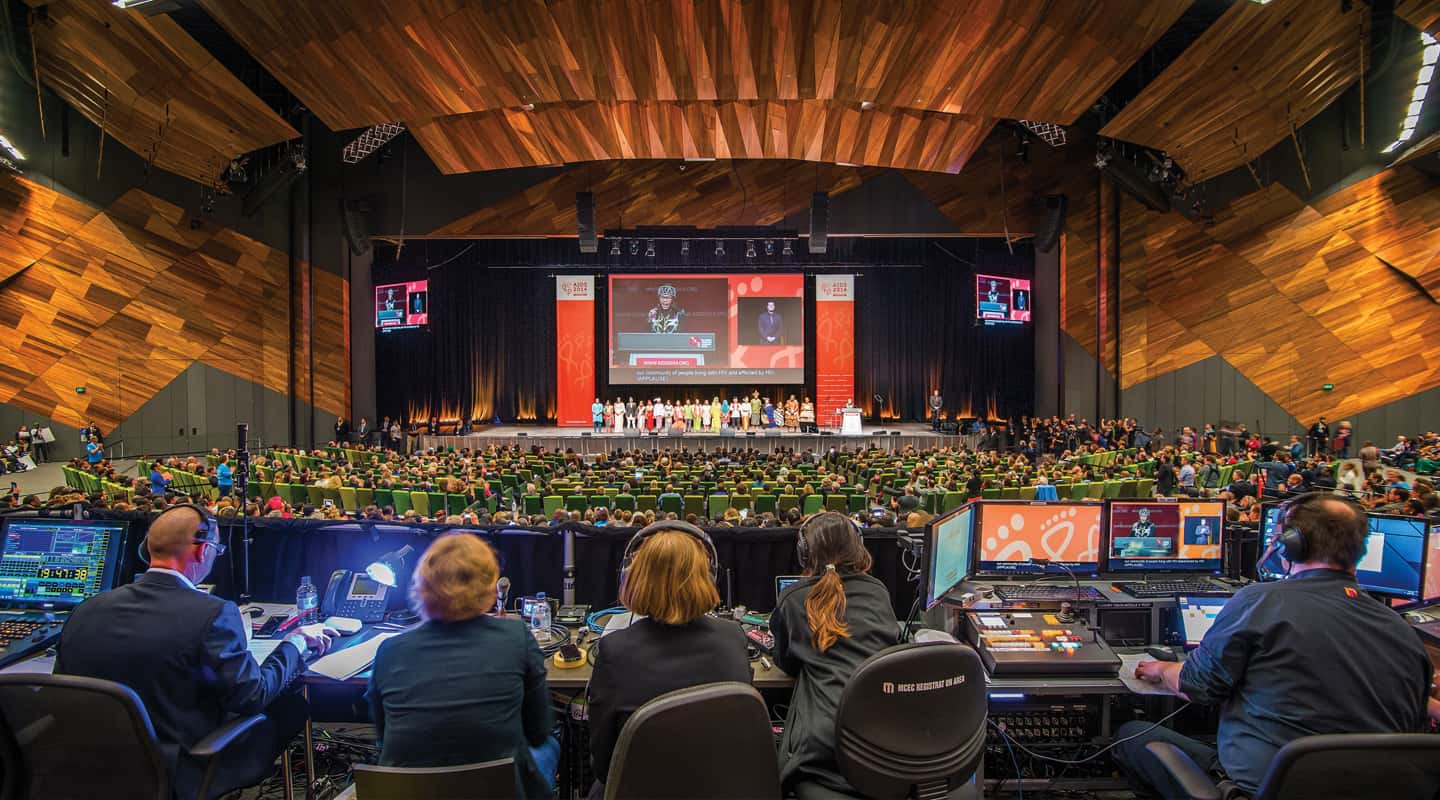
Gently Down The Stream
Three industry pros discuss the ins and out of live webcasting.
Conference keynote presentations, sports events, church services, graduation ceremonies, music concerts, lectures, webinars… The internet is a giant TV network with a million channels and you can watch anything you want no matter how narrow the niche. The audience is there.
From the ‘supply side’, event organisers are no longer fearful that webcasting an event will cannibalise their live audience. A live stream most often caters to an additional audience, and assists in generating online buzz around an event. The market is there.
What’s more, the costs of the technology and bandwidth have come down to the point where live streaming is well within the means of just about anyone. The demand is there.
That said, the market is looking to AV service providers to supply the know-how and the value-add fairy dust that can give an event the online buzz so desirable these days. In other words: the money is potentially there.
AV Asia Pacific thought it was high time to pull some pros in for a chat about how to get on the live streaming horse while avoiding some of the pitfalls.
LEMAC
Brett Dwyer
National Rentals Manager
Whether it’s sales or rentals, Lemac is well known for being the Australian filmmakers’ best friend. Lemac has now added Livestream webcasting hardware to its rental inventory, with full webcasting solutions (a ‘gear and tech staff’ package) proving to be popular, securing work with several high profile corporate and event companies.
MCEC
Paul Rumble
Senior Manager Technology Services
The Melbourne Convention and Exhbition Centre has been the venue of choice for some of the world’s largest conferences (such as the World AIDS Conference, pictured) and has made webcasting a key part of its client services. Anything from a speaker with a Powerpoint through to sophisticated multi-cam streaming with voting and social is catered for.
STAGING CONNECTIONS
Tim Chapman
General Manager — Digital
Staging Connections is Australia’s largest AV events company, and webcasting events is an everyday part of life for Staging’s digital czar, Tim Chapman.
MOVING INTO WEBCASTING
Brett Dwyer, Lemac: We entered the live streaming realm about 2 years ago initially through our sales arm and with great support from Corsair Solutions, the Australian supplier for Livestream, we followed up with a series of demonstration events in large groups as well as privately for interested customers. It became clear through these events that there was significant demand for us to add the Livestream system via our rental fleet. Our brand is about solutions, service and support and Livestream’s products are a perfect fit for this model as our production package includes the streaming hardware, camera kits and system operators. All that our client needs to worry about is hosting their event.
Paul Rumble, MCEC: A couple of years ago we looked into streaming, largely on the back of our recording services and clients’ desire to have them available online — mostly as a way to market upcoming events. From there, clients began to demand greater capacity, to reach a broader audience, and using streaming as a solution.
Tim Chapman, Staging Connections: Like you mentioned in your intro, for a while there, events organisers were concerned that live streaming was the enemy of live events. That lingering fear is slowly diminishing as brands like TEDx consistently fill audience seats, even though a webcast is a central feature of the event.
WHAT ARE THE DRIVERS?
Tim Chapman, Staging Connections: The main one is a significant price drop. What once cost $9000+ three years ago, now costs on average $6000 for a full day with all features and functionality. For a simple live extension of the event, with video and slides side by side, and an additional live polling feature, we can offer a package for around $2500. This pricing trend is reflective of the platform fees reducing.
Paul Rumble, MCEC: Agreed. The price of the bandwidth has dropped so considerably it’s allowing the clients to adopt a live stream and implement it at a reasonable cost. They’re seeing a higher level of production without the big price tag.
What’s more, the technology has become so reliable and dependable that it’s taken much of the stress we once experienced. But the biggest contributor to growth is the available bandwidth, more so than any specialist hardware.
Tim Chapman, Staging Connections: Paul mentions bandwidth and for several years, bandwidth stymied the growth of webcasting, however over the past 12 months there have been significant steps taken to improve bandwidth capabilities and enhance the webcasting experience as a result.
The NBN rollout is significant — upload speeds are edging closer to 1Mb rather than the sluggish 128k. This bandwidth is necessary for multichannel communication and will see webcasting soar.
Our webcasting platform includes new adaptive bitrate (ABR) technology that sends a low bandwidth stream (400–500k), plus a standard definition (800–900k) stream, plus a high definition stream (1.5Mb) out for every webcast. Depending on the viewer’s bandwidth capabilities, the ABR technology automatically repurposes the content to suit their connection, ensuring the best quality content available for them. Say goodbye to buffering, and hello to the super-sharp future of HD content.
PRACTICALITIES OF THE JOB
Brett Dwyer, Lemac: It’s important to get the exact requirements of the job. From there, we’ll mock the system up prior to the event — ideally visiting the site to test the network we will stream via, ensuring everything works. Some of our corporate clients stage very large one-off events with thousands of people in attendance as well as thousands viewing the Livestream. We go the extra step of carrying a redundancy of most items in our kit — in case of emergency we can seamlessly switch devices and keep the show running.
On the day, we’ll be carrying a Livestream HD510 console which comes with a switcher extension Livestream Surface Go, a reference monitor, signal converter, MacBook Pro laptop, and a bonded router in the event we need to establish our own network. Essentially it’s one big pelican case on wheels with set up taking about 20 minutes. Pull it all out, plug in power, a network connection, and a camera feed if there is one — the Livestream unit can take up to five inputs and we can do some mixing, but often we’ll take a feed from the vision mixer if there is a third party like Staging Connections doing that.
Audio lines in are also an option directly on the Livestream unit, though normally audio is already embedded in the SDI stream — all ready to go, and we’re up and away.
GRAPHICS, TICKERS & OVERLAYS
Brett Dwyer, Lemac: The Livestream system is capable of running the graphics and overlays for productions as well and this is normally the case with the events we are crewing. Prior to the event we’ll work with the client to get the final list of presenters and use that information to type up the overlays.
Another example: a live sports broadcaster we provide support for has its IT department keep the scores of various matches updated in a spreadsheet and we can automatically maintain those scores as a ticker overlay on the stream. Similarly, we could run a moderated twitter feed on a stream so conference presenters and attendees in different geographical locations can take part in a real-time Q&A.
Paul Rumble, MCEC: With anything like running tickers for the webcast, we’ll do that prior to putting it into any streaming device as it gives us more creative flexibility.
Tim Chapman, Staging Connections: Staging Connections’ point of difference is that we offer the most customisable, yet easy to use webcasting platform in Australia. Clients are able to design what their webcast will look like. We build the webskin from scratch, using HTML5 to ensure an elastic webcast that finds the screen and pushes the skin from corner to corner, no matter what the resolution.
A webcast is, after all, a reflection of the company’s brand. Much like you design your company enewsletter, website and ads, a webcast should align to all those brand guidelines.
For clients looking to build revenue from the webcast, we see all space around the camera vision as usable ‘real estate’ that can be sold to sponsors, or have features added like social media feeds, branded questions, ads or downloadable documents.
MONETISING THE STREAM
Paul Rumble, MCEC: Monetising is starting to come of age. There’s a shift in the market with the rise of the likes of Netflix — people are coming around to the idea of ‘pay per view’. It’s still in its infancy, and there is plenty of scope for the market to develop.
Tim Chapman, Staging Connections: If you’re able to offer something of value, like CPA points or downloadable information, industries like law, taxation or government are charging 100% of the live event’s day delegate fee for webcast participants. However, without the participation kickbacks, we’re seeing webcast viewers charged only 10-20% of the day delegate fee.
Our clients have had success in raising revenue by offering paid content, selling sponsorship of space on the webskin and repurposing the webcast content for future marketing purposes.
Making money while extending the reach of an event — makes sense!
METRICS & ANALYTICS
Brett Dwyer, Lemac: Analytics can be crucial for the right Livestream clients. The system allows users to inform clients and advertisers of who is watching, where, for how long and on what device or platform. This kind of market feedback, deliverable in real time during the event, gives content producers the opportunity to develop or tailor their production on the fly, or to concentrate their broadcast on one market or region more than the next, depending on how many people are watching here or there. Obviously the analytics are also extremely useful in general for future marketing plans for content producers.
SPECIAL SAUCE
Tim Chapman, Staging Connections: I believe Australia is ahead of the game when it comes to webcasting. As an example, while our overseas counterparts are still using switch-slides, our norm has advanced to side by side video and slides.
There’s been huge advances over the past five years and webcasting at events has certainly found its place as a valuable commodity. With technology and providers working hand in hand, there is a bright, even super hi-def, future ahead!
Brett Dwyer, Lemac: Special sauce? The Lemac model of solutions and support is the key to all that we do. With Livestream that means listening carefully to individual clients’ wants and needs, being there the whole way through the planning and production process and making suggestions along the way. For example, we’ll let our customers know about the remote camera features, which allow the use of any device on the LAN or wireless network, like Google Glass or an iPad, which brings a whole new element to the customer’s event.
Paul Rumble, MCEC: Increasingly we’re using streaming to bring people into the event as opposed to just streaming out. Sometimes it’s used for bringing in high-profile presenters you wouldn’t normally gain access to, either as a keynote or to contribute to a program — that’s a real trend.
On another occasion we streamed in medical procedures. We had a room full of medical experts who sat in and observed a procedure and were able to talk to the surgeon as it’s happening. Seeing the audience gaining access to these people in another continent was amazing — to me it showed just what live webstreaming is capable of.

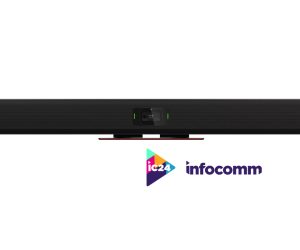

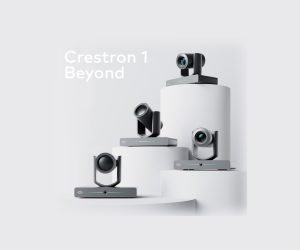




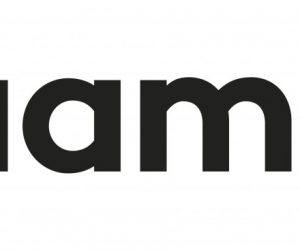
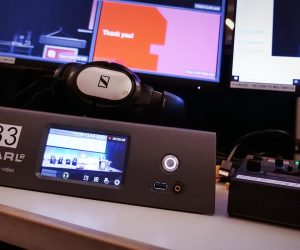





RESPONSES